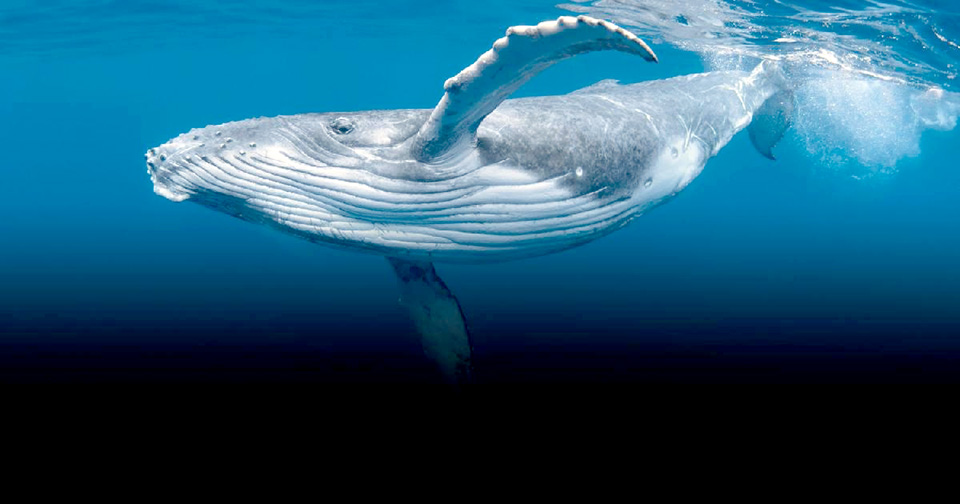
The cabinet has approved in principle the draft Royal Decree on additional kind of conserved wild animals which prescribes balaenptera musculus (blue whale) as additional kind of conserved wild animals.
The draft Royal Decree shall be merged into one law with another draft Royal Decree, approved earlier by the cabinet on September 6, 2022, which prescribes buceros vigil or rhinoplax vigil (helmeted hornbill) as conserved wild animal, said Deputy Government Spokesperson Traisuree Taisaranakul.
Balaenptera musculus was earlier listed as protected wild animal. They are found in all oceans, and were spotted in Thailand’s Andaman Coast three times.
However, intensive hunting in the past for commercial and local fishing purposes, coupling with the declining availability of its primary food source, whether due to climate change, ocean acidification or other factors, have brought balaenptera musculus to the brink of extinction.
Once the law takes effect, balaenptera musculus and buceros vigil/rhinoplax vigil will be strictly conserved and preserved in the similar manner as other 19 kinds of conserved wild animals under the Wild Animal Conservation and Protection Act, B.E.2562, according to the government’s website.






